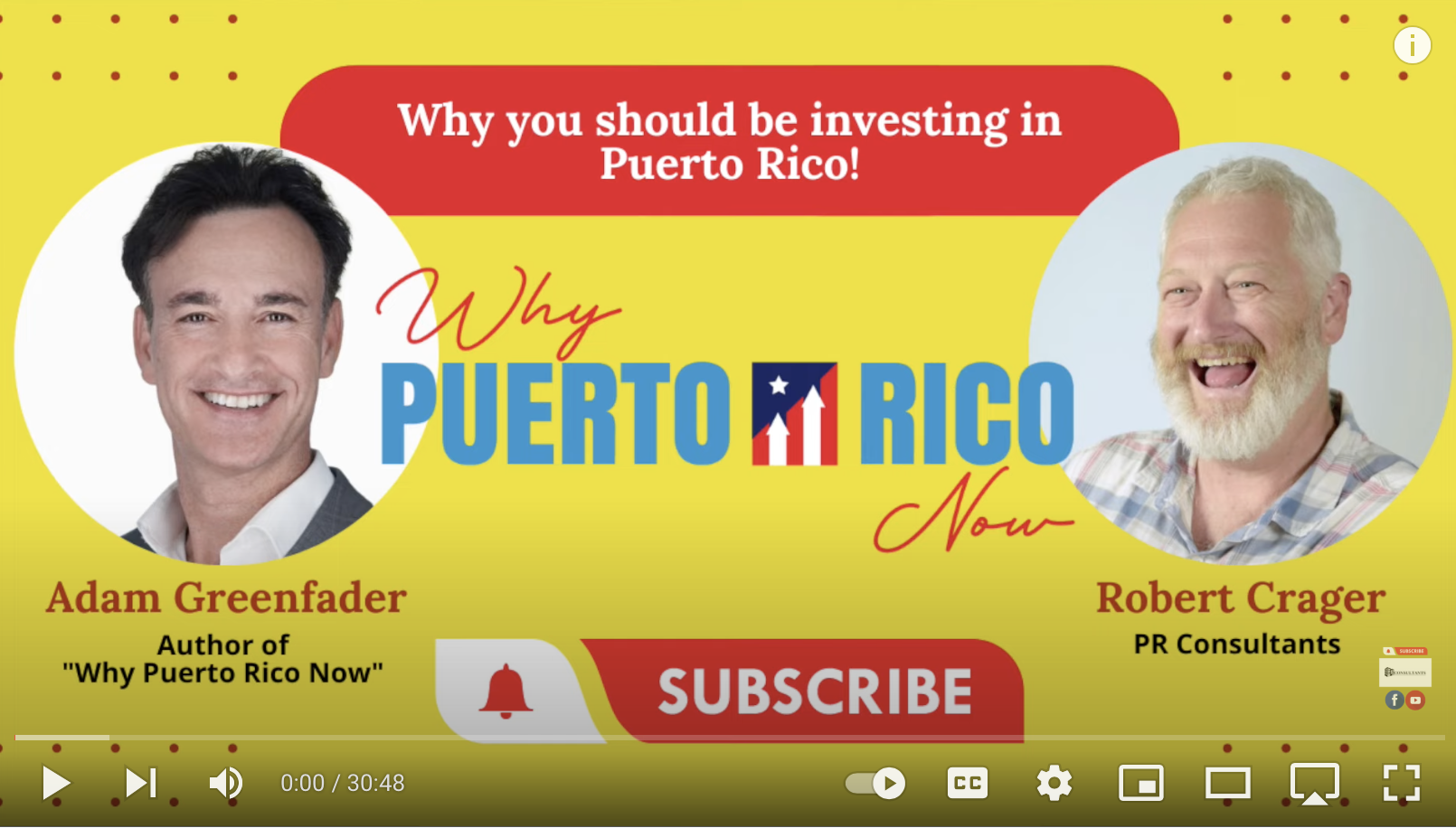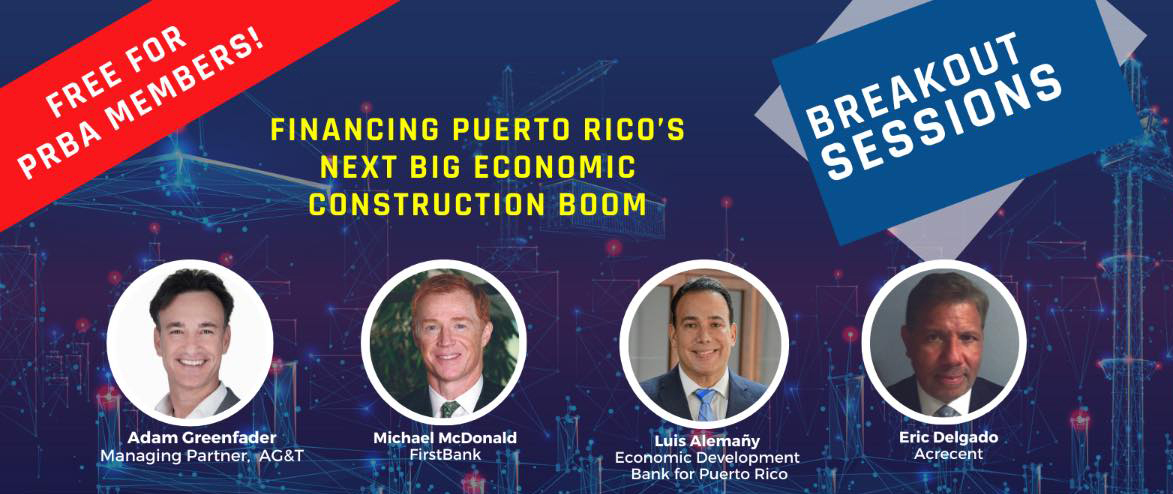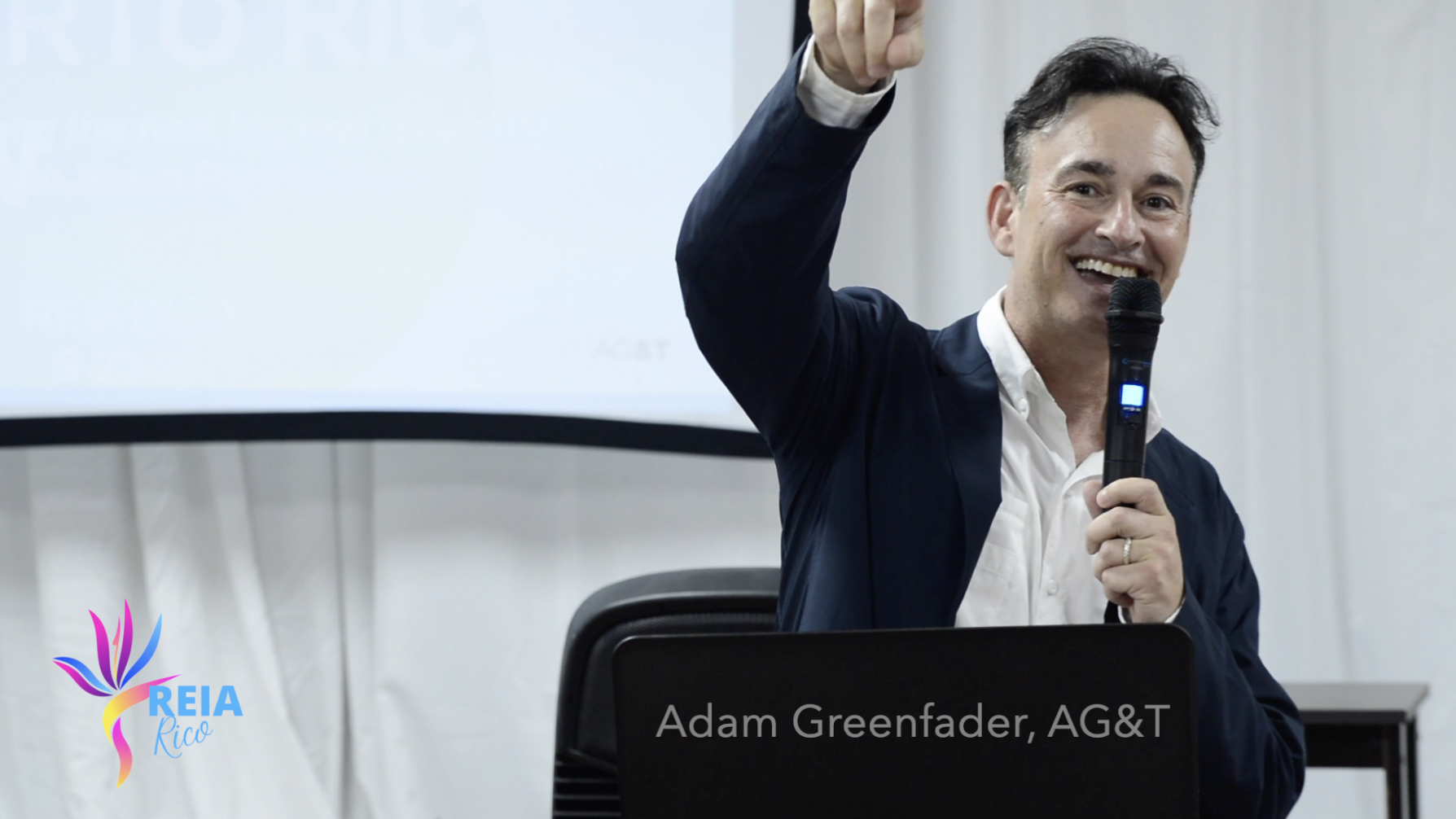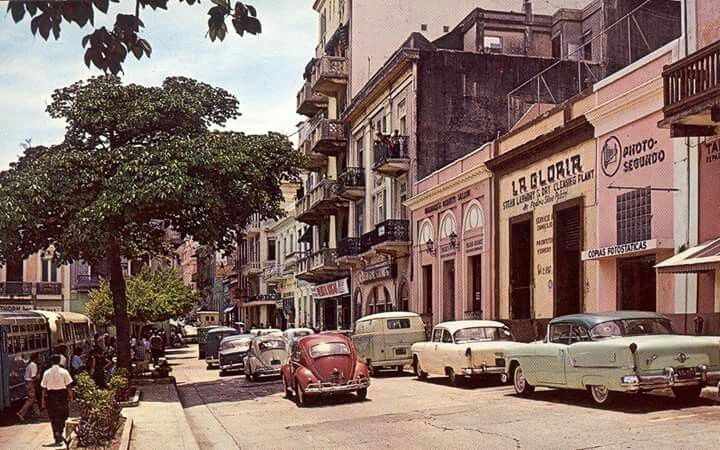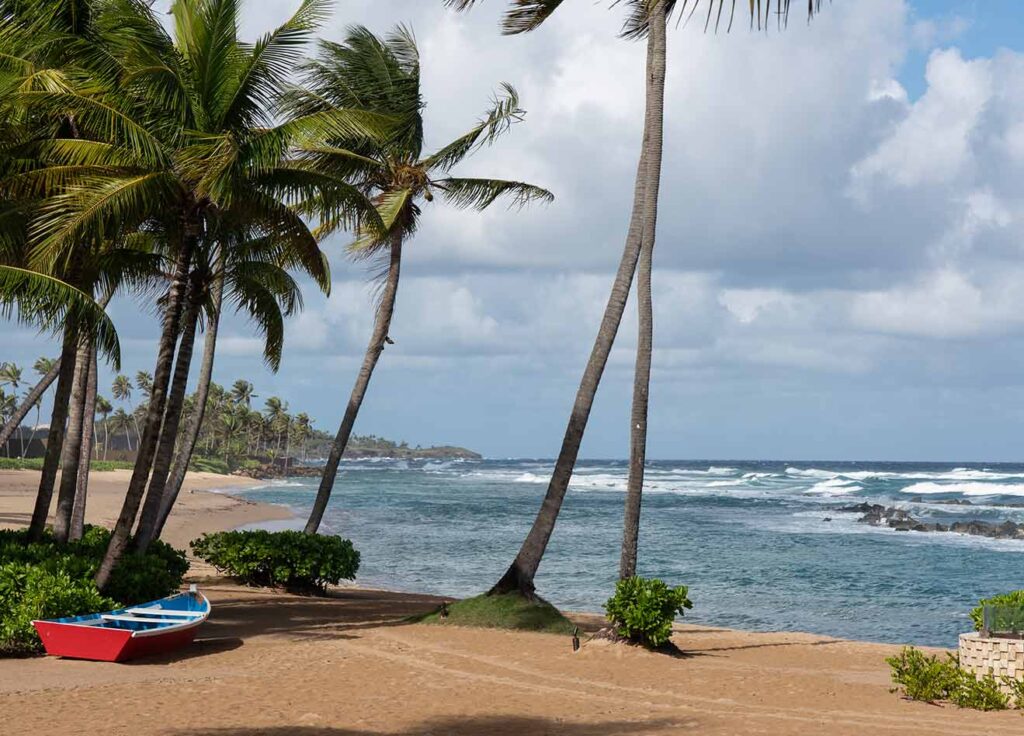As sea level rise, coastal storms, flooding, erosion, and subsidence increasingly threaten our coastal communities, many land use professionals have been innovating solutions. In this webinar, speakers from design, engineering, and finance backgrounds will feature case studies of coastal resilience strategies in real estate and land use.
Continue readingBuilding Resilient Communities
Ready to Recession Proof 2023?
Adam Greenfader soon to release new book
18 Billion For The Next Great Construction Boom
Adam Greenfader Shares New Opportunities in Puerto Rico
Adam Greenfader, Managing partner of AG&T (7 minute video) speaks on new opportunities in Puerto Rico. Learning this video about the the island’s history and how you can learn from the past to generate real value and long term economic growth. The video includes new information about tax incentives, the tourism tax incentive, Act 20/22, and other tax credits for real estate development. Contact us for more information and to learn about Why Puerto Rico Now
Helping Puerto Rico since the 1950’s
70 years ago, when the Puerto Rico Builders Association was formed, the United States was on the brink of entering the World War II. December 7, 1941, would be considered a day that would “live in infamy”. Thousands of Puerto Ricans as American citizens fought in the War and would return home as victors to an island on the precipice of great economic growth. Thanks in large part to Operation Bootstrap, o “Manos a La Obra”, the Puerto Rico Builder’s Association has played a vital role in shaping the island’s long term economic development. The Puerto Rico Builders Association (formerly known as the Homebuilders Association) was formed in a critical period of time when the island was undergoing a massive transformation from an agricultural society into a leading manufacturing hub.
Puerto Rico would see historic growth for more than three decades and the Puerto Rico Builders Association would play a leading role in shaping the island’s zoning regulations, environmental protections, financing, and building codes (often referred to as a Miami’s building code on steroids). Puerto Rico benefited greatly from these concerted efforts by the Puerto Rico Builder Association with one of the highest homeownership rates in the Western world at 68%. Puerto Rico is also the second largest public housing jurisdiction in the United States second only to New York City.
In 2015, The Puerto Rico Builders Association, under the leadership of then PR Builders president, Ricardo Alvarez Diaz Villalon joined forces with the Urban Land Institute Southeast Florida/Caribbean District Council. ULI founded around the same time as the PR Builders Association, is one of the oldest and largest networks of real estate and land use experts in the world. ULI’s mission is to shape the future of the building industry and create thriving and sustainable communities around the globe. Shortly thereafter, Puerto Rico was devastated with two back-to-back category five hurricanes.
Hurricanes Irma and Maria destroyed most of the island’s electrical infrastructure and informal housing stock at a cost estimated over 100 billion dollars. ULI together with the Puerto Rico Builders Association created a task force to study the effects of the storms and how to build back better. Under then ULI president Greg West, the Puerto Rico Builders Association and ULI convened national panel of experts and created a specific action plan for the municipality of Toa Baja.
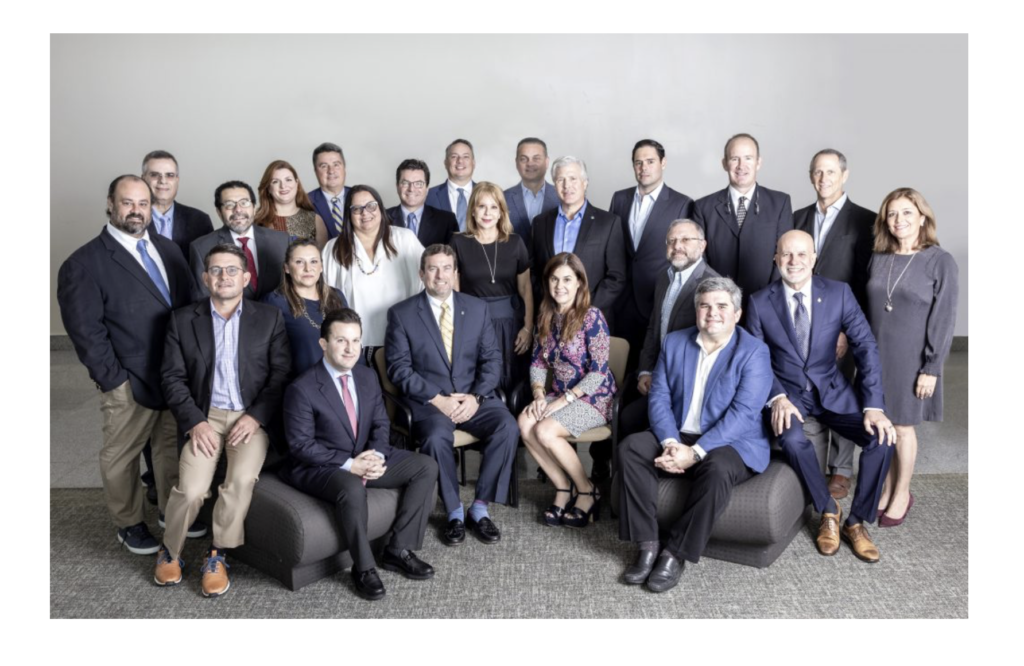 The Puerto Rico Builders Association and ULI have since held multiple meetings and conference throughout the years in both Puerto Rico and Miami to explore new areas of synergy and improvements to the island’s build environment. ULI’s current president, Scott McLaren was recently quoted, “we strongly value our long standing partnership with your organization and admire the leaders who go above and beyond, especially when faced with such tremendous obstacles.”
The Puerto Rico Builders Association and ULI have since held multiple meetings and conference throughout the years in both Puerto Rico and Miami to explore new areas of synergy and improvements to the island’s build environment. ULI’s current president, Scott McLaren was recently quoted, “we strongly value our long standing partnership with your organization and admire the leaders who go above and beyond, especially when faced with such tremendous obstacles.”
Come celebrate 70 with the Puerto Rico Builders Association Puerto Rico on October 27-29 in San Juan. https://constructorespr.com/convencion-2021/




